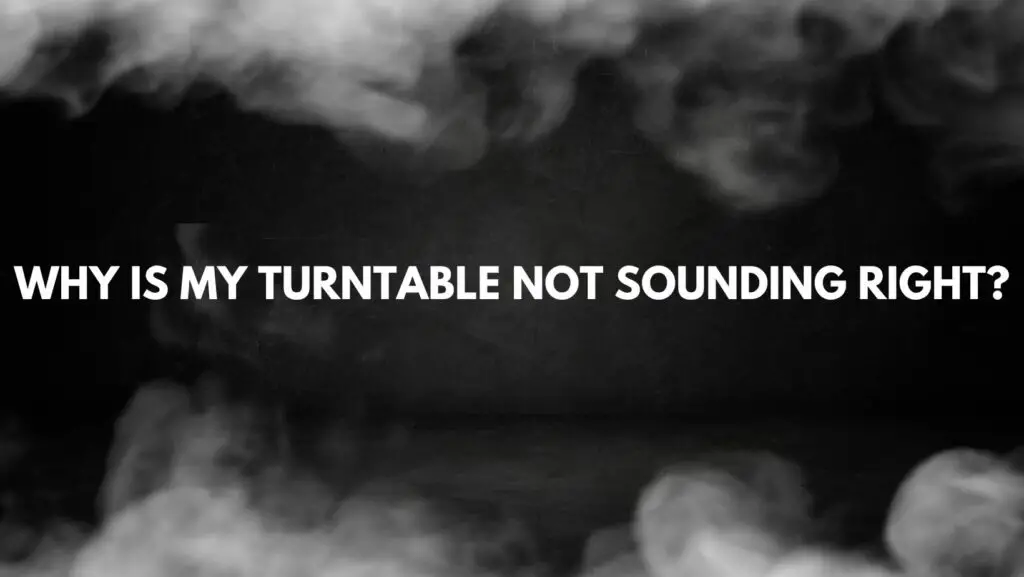The allure of vinyl lies in its rich, analog sound, making any deviation from an optimal listening experience all the more frustrating. If your turntable isn’t sounding right, there are various potential culprits to consider. In this article, we’ll explore the common reasons behind subpar audio quality and offer practical insights to help you troubleshoot and restore the full, vibrant sound your vinyl collection deserves.
- Stylus and Cartridge Inspection: A key player in the audio chain, the stylus (needle) and cartridge are susceptible to wear and tear over time. Inspect the stylus for any visible damage or signs of wear. If it looks worn or damaged, consider replacing it. Ensure the cartridge is correctly aligned and securely mounted, as misalignment can lead to distorted or imbalanced sound.
- Tracking Force and Anti-Skate Settings: Incorrect tracking force—the pressure exerted by the stylus on the record—can result in a less-than-ideal sound. Consult your turntable’s manual for the recommended tracking force and use a tracking force gauge to calibrate it accurately. Additionally, check the anti-skate settings to prevent mistracking and ensure optimal audio reproduction.
- Record Condition and Cleaning: The condition of your vinyl records significantly influences the sound quality. Scratches, dust, and debris on the record surface can lead to pops, clicks, and distorted sound. Regularly clean your records using a soft brush or a record cleaning kit, and handle them with care to prevent scratches. A clean record ensures a more faithful reproduction of the audio.
- Turntable Calibration: Proper calibration of your turntable is essential for accurate playback. Verify that the turntable is running at the correct speed using a strobe disc or a speed-checking app. If the speed is inaccurate, adjust the turntable’s pitch control accordingly. Calibration issues can lead to pitch variations and affect the overall sound quality.
- Phono Preamp Compatibility: Turntables often require a phono preamp to amplify the signal before it reaches your audio system. If the phono preamp is not compatible or set up incorrectly, it can result in subpar sound. Ensure proper connections and consult the turntable and preamp manuals to confirm compatibility and optimal settings.
- Check Cables and Connections: Loose or damaged cables can introduce unwanted noise and affect sound quality. Examine the cables connecting your turntable to the amplifier or preamp. If necessary, replace damaged cables and ensure all connections are secure. Clean connectors with contact cleaner to eliminate potential signal interference.
- Environmental Factors: The environment in which your turntable operates can impact sound quality. Ensure that the room is free from excessive vibrations, as these can be transmitted to the turntable and affect playback. Additionally, maintain a stable temperature and humidity level to prevent warping or damage to records.
Conclusion: Troubleshooting a turntable that isn’t sounding right involves a methodical approach to identify and address potential issues. By inspecting and maintaining key components, calibrating the turntable, and considering environmental factors, you can enhance your vinyl listening experience. If challenges persist, seeking advice from audio professionals or enthusiasts can provide valuable insights into fine-tuning your setup for optimal sound reproduction. Remember, with the right care and attention, you can unlock the full sonic potential of your vinyl collection.

